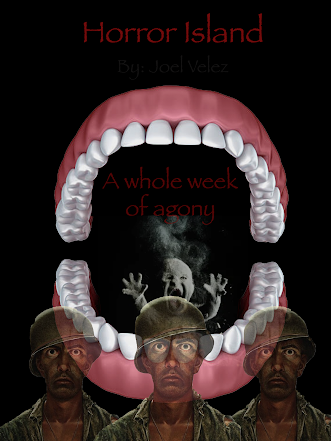Blog #27
Creative
Alright, so recently I tried out a creative thinking exercise called the “Six Thinking Hats” to help spark some new ideas for my superhero-themed DND campaign. It’s a method by Edward de Bono, and it basically helps you look at a problem or idea from six totally different angles—each one represented by a different colored hat. It sounds kind of silly at first (I mean, who wears six hats?), but it actually turned out to be super useful.
Here’s how it breaks down:
-
White Hat is all about the facts—just the information you’ve got in front of you.
-
Red Hat taps into your emotions—how you feel about the idea.
-
Black Hat plays devil’s advocate—it looks for potential problems or risks.
-
Yellow Hat focuses on the positives—what could go right.
-
Green Hat is your creative wild card—new ideas, twists, unexpected directions.
-
Blue Hat is the manager—it organizes the thinking process and keeps everything on track.
I decided to use this method on a tricky part of my campaign: introducing a new character who’s kind of morally grey and could either be a villain or an uneasy ally depending on how things play out. I wanted this character to make a big impact, but I wasn’t sure how to approach it.
So, I ran the idea through each “hat”:
-
With the White Hat, I listed out everything I already knew about the character—their powers, backstory, goals, etc. Just getting everything out in front of me helped clear up some of the fog.
-
The Red Hat had me ask how players might feel when they meet this character. Are they going to be suspicious? Intrigued? Will they hate him on sight or be conflicted?
-
The Black Hat helped me catch some potential issues—like, is this character too powerful? Will he throw off the balance of the game? Could his role feel forced?
-
Then with the Yellow Hat, I looked at what could go right. Maybe he adds depth to the story or gives players some cool moral choices. Maybe he pushes the story into new territory I hadn’t thought of.
-
Green Hat was probably my favorite part. That’s where I started thinking about wild twists—what if this guy’s actually from the future? What if he’s been manipulating events from behind the scenes since the first session?
-
And finally, the Blue Hat helped me bring it all together. It gave me a clearer sense of how to introduce him, how much to reveal up front, and what kind of tone I want the reveal to have.
Overall, it was a really fun and surprisingly effective way to break through a creative block. If you’re ever stuck on a character, plot point, or worldbuilding idea, I seriously recommend giving this a shot. It’s structured without being restrictive, and it definitely got my brain working in new ways.
Who knows? The next time I hit a wall in the campaign, I might try doing the Six Thinking Hats and go for a walk outside. With music, obviously.



Comments
Post a Comment